rare!"Meeting Ancient Rome" in front of the house | Some exhibits first exhibitions outside Italy
Author:Knowledge Society Time:2022.08.25
On July 10, 2022, the "Italian Source -Ancient Roman Civilization Exhibition" organized by the National Museum of the National Museum of China, the National Museum of Roman, and the Italian Embassy in China appeared at the National Museum of China. A total of 503 precious cultural relics from 26 national museums across Italy, a total of 503 precious cultural relics. The system reflects the historical process of the Italian Peninsula's political and cultural unity, showing the rich and colorful cultural origin.

I
On July 10, 2022, the "Source of Italy -Ancient Roman Civilization Exhibition" appeared at the National Museum of China.
((
"The whole Italian swore loyalty to me!"
—— Augustus "Metropolis Record" Stele 1, Section 25
Cure
This is a sentence in the inscription written by the ancient Roman Empire's first head of state, Gahius Octavius Augustus (Latin Octavius Augustus). The first exhibition hall of the Roman Civilization Exhibition. It is rumored that Augustus has personally wrote the achievements of his life, and told him to engrave the full text of the text on the bronze medal and stand on the entrance of its tomb. Essence Until 1555 AD, scholars discovered the Latin copy and Greek translation in the temple of Roman and Augustus, an Augustus in the Turkish capital of Ankara. The ruler of more than 2000 years ago was unable to be self -confidence and domineering.
The more than 500 precious cultural relics exhibited this time spanned the 4th century BC to the 1st century, showing the cultural diversity of the Italian Peninsula Romanization process and the origin of Italy. The grand occasion.
Explore ancient Roman civilization
The exhibition is divided into 11 theme units, namely: prelude, the memory of the ethnic group, the flow of language, the worship of the gods, the expansion of Rome, the planning of the city, the evolution of faith, the era of luxury, the faces of all beings, Caesar’s Witness of descendants and times. The first four units showed the "mosaic phenomenon" of the previous Italian culture from the perspective of society, language and religion: the exquisite and rich funeral items, which reflect the tomb customs of different ethnic groups, classes, and gender. Situation; the stone monuments of different inscriptions allow future generations to understand the original characteristics of Italian language in the Latin synovation; the statues of the gods and heroes show the differences and characteristics of different beliefs in the contrast. The latter 6 units showed the expansion of the Roman Republic according to the timeline, especially from the Bugan War (from 264 to 146 BC) to the Augustus era (31 BC to 14 AD). Later, it became a journey of geography, political and cultural unification. The last unit is the ancient Roman currency exhibition specifically arranged for Chinese audiences. These currencies have witnessed the turning point of Roman history, and multi -dimensional reflects the profound impact of factors such as currency production, development, and circulation on cultural development.
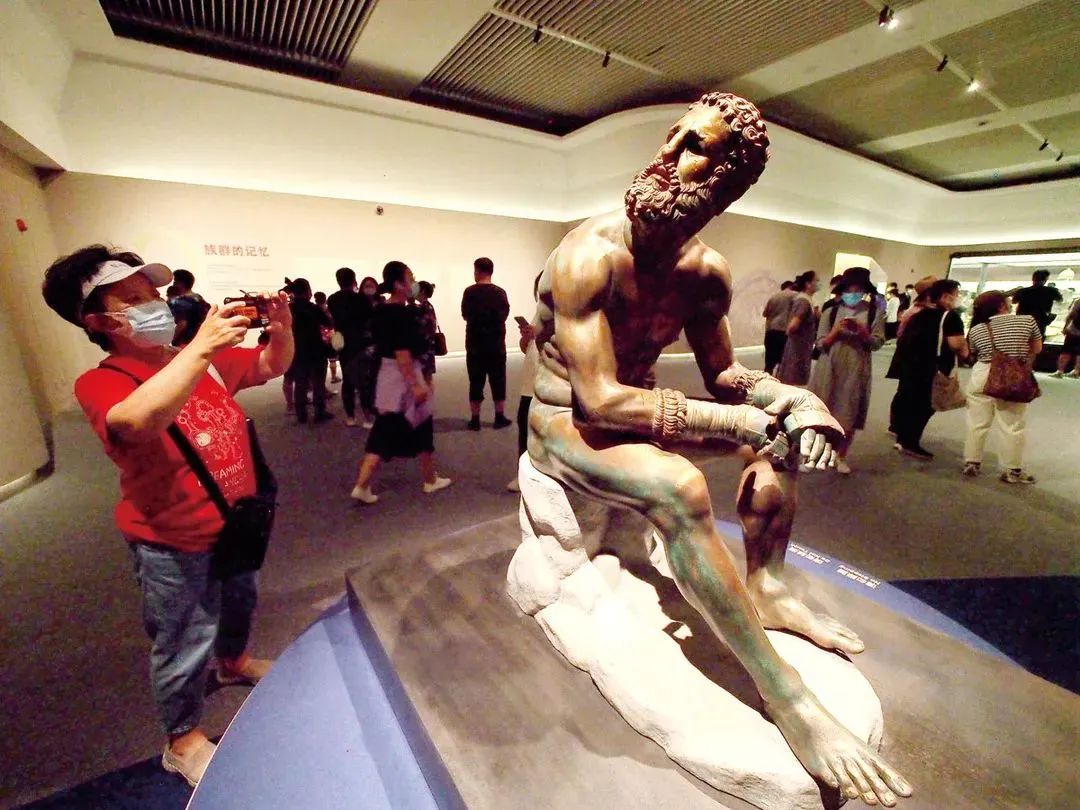
"Boxer in the Rest" (replica) was originally made as the Athens sculptor Apononier in the 1st century AD.
The posters and text descriptions of the exhibition are presented in 3 languages in China and Britain for the first time. As soon as the progress hall can feel the great civilizations of China and Italy's two ancient countries in the "cultural living room" of Guobo, and the elaborate ancient Roman atmosphere; huge Roman arch buildings, the large -screen loop of multimedia on the wall Play the glory of ancient Rome. You can feel the visual impact of that era. A representative exhibits showed the lifestyle, folk customs and social reality of the lifestyle, folk customs and social reality from all over Italy at that time.
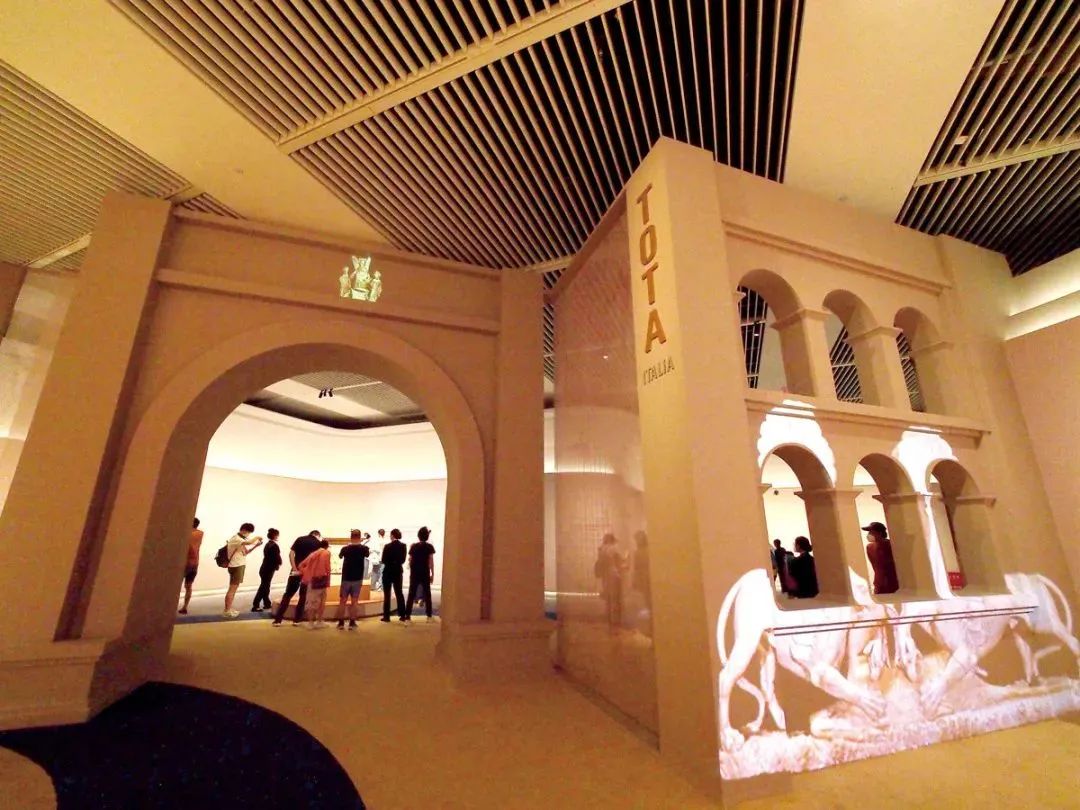
The huge Roman arched scenery has carefully created the ancient Roman atmosphere.
"The Altar of Bymart, Venus, and Silvonos" is a sculpture of Loui's marble material in 124 AD. The altar portrays the plot of the mother wolf milk breeding twins in mythology: Taibei witnessed everything next to it. The background is the incarnation of Palatini -two shepherds, one with a beard, and one young. They are Faustrler and Faust. On the other side of the altar is the wedding of the God of War Mars and Venus. Next to it is the patron saint of Elos and Silvanos (the guardian god of the Ostia shepherd, on the altar The engraved greetings were dedicated to him). In the complicated decoration of the altar, the theme of the Roman nation has the theme of the blood of the gods and the combination of Mars and Venus. The allusions of "Mother Wolf Dairy" are also legendary history of Roman City. The twin brothers nurtured in the lower left corner are Romolo and Remo. Their king of their grandfather was ushered in by his brother Amulio. Their mother was forced to become a woman who could not get married. priest. But she was seen by the God of War Mars and gave birth to the twins. The usurpers knew the news that they died of anger and threw them into the Taibo River. Fortunately, they were rescued by a mother wolf and survived. Later, they joined forces to defeat Amirio, who usurped the throne, and his brother Romoro created Roman City and opened the chapter of ancient Rome.
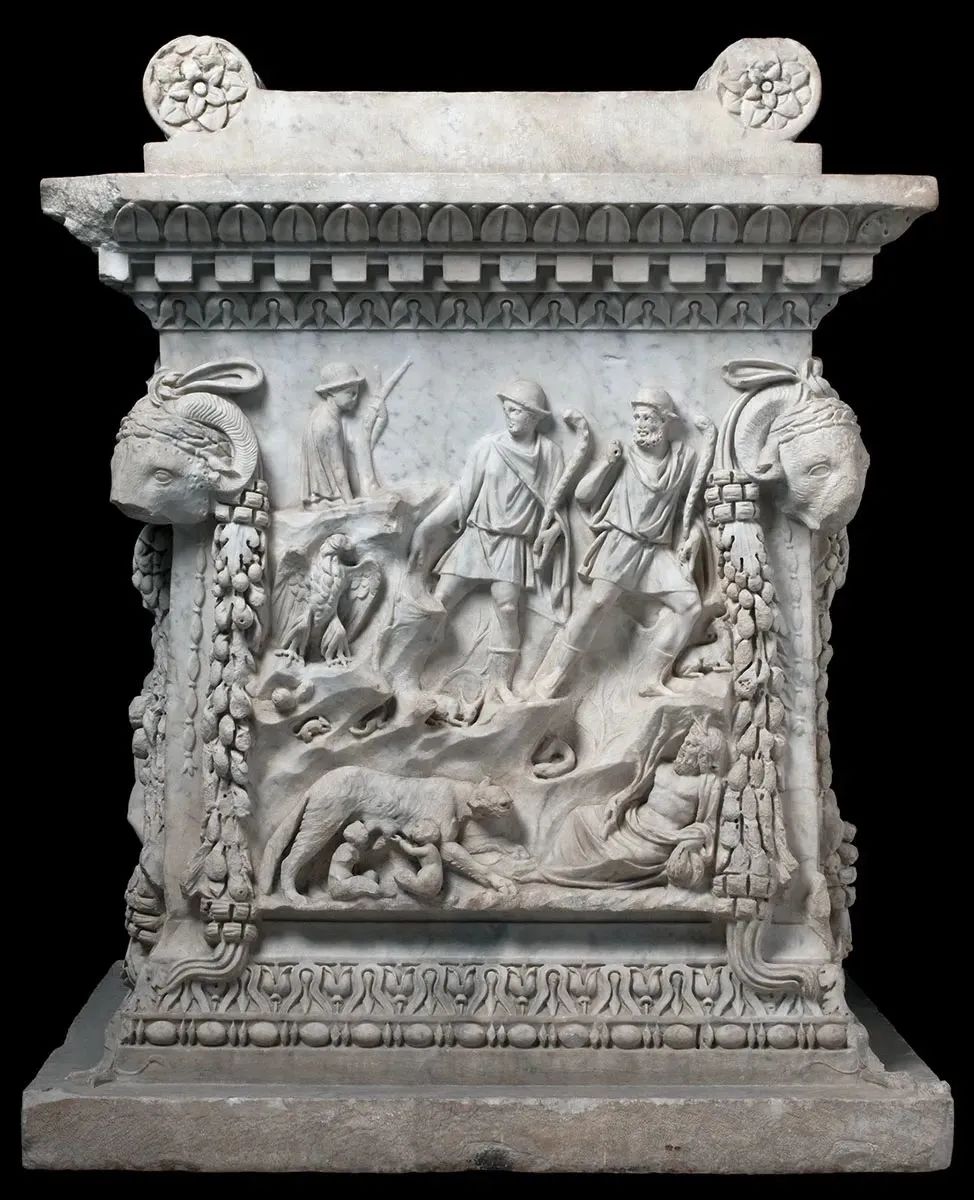
"The Altar of Bya, Venus, and Silvonos" unearthed from the State Museum of the Roman National Museum in 124 AD
The ancient Rome people almost accepted the gods in ancient Greek mythology, and worshiped, as the head of the gods, Zeus, was called Jupiter in ancient Roman mythology. Although the Romans are keen on ancient Greek culture, unlike the Greeks, they have the genes of the God of War and the nurturing of "mother wolf milk", which has created the characteristics of the Romans' fighting and war. It has become a super power that spans the three continents of Eurasia and Africa and the Mediterranean. Before Rome conquer the entire Italian Peninsula, this land lives different ethnic groups and has its own living characteristics and ethnic memory. The exhibition presents the appearance of various ethnic groups through funeral customs, the shape of the tomb, and the characteristics of funerals.
The "Tomb of the Double Warriors" in the 3rd century BC includes bronze shields, helmets, and many red -painted pottery with ancient Greek -style. People held funerals for two local male elites (this approach started in the second half of the 4th century BC) and buried them in the same large tomb. According to the funeral customs of the Tonians, in order to make room for the second burial, the legacy of the first deceased will be moved to the corner of the tomb together with the funeral items (shields, a pile of bronze ankles, and several vases). Essence The second grave owner was portrayed as a knight, wearing a "press buckle" helmet with exotic mood, that is, Monte Fortino -style helmet. The funeral items are extremely rich, including the precious Yidian vase. The typical Intrrian -style helmet appeared in the tomb, indicating that the way of self -presence of local aristocrats has changed, which is a manifestation of deep cultural integration. It can be seen that as Rome gradually expands to the southeast of the peninsula, it is more frequent to agree to the contact between other ethnic groups in the David.
"The Tomb of the Double Warriors" of the Funeral of the Double Warriors "3rd century BC Raivelo Town (Polyza Province in southern Italy) unearthed from Merfei" Masimo Palotino "National Archaeological Museum Collection
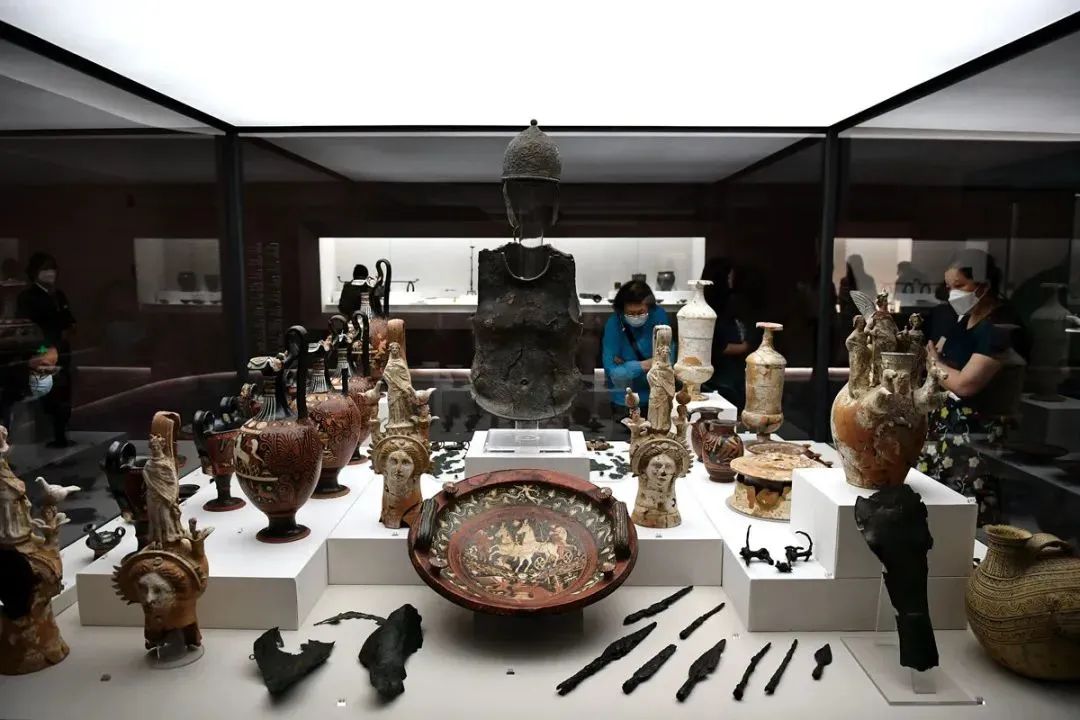
In the 4th century BC, the survival rate of newborns was very low. In order to avoid the death of newborns, people often worship a certain form of "mother and goddess", that is, a patron saint in charge of adult ritual and disease treatment. The "Mother's Portrait" unearthed in the tomb of Capua is such a idol. It is solemn and elegant, and the mothers sitting and the two children in the two sidewalks show their mother's rejoices, symbolizing the prosperity of the entire Kapa community that follows. The Temple of Fengdor Patuta was built in the 6th century BC and is located in the east gate of Capaa, the ancient city of Etrusia. After the 4th century BC is occupied by the city, it is still an important worship here. place.
"Mother's Elephant" 4th century BC Fengdor Paturely Tomb (Capaa) unearthed the Capania Capaba Museum Collection
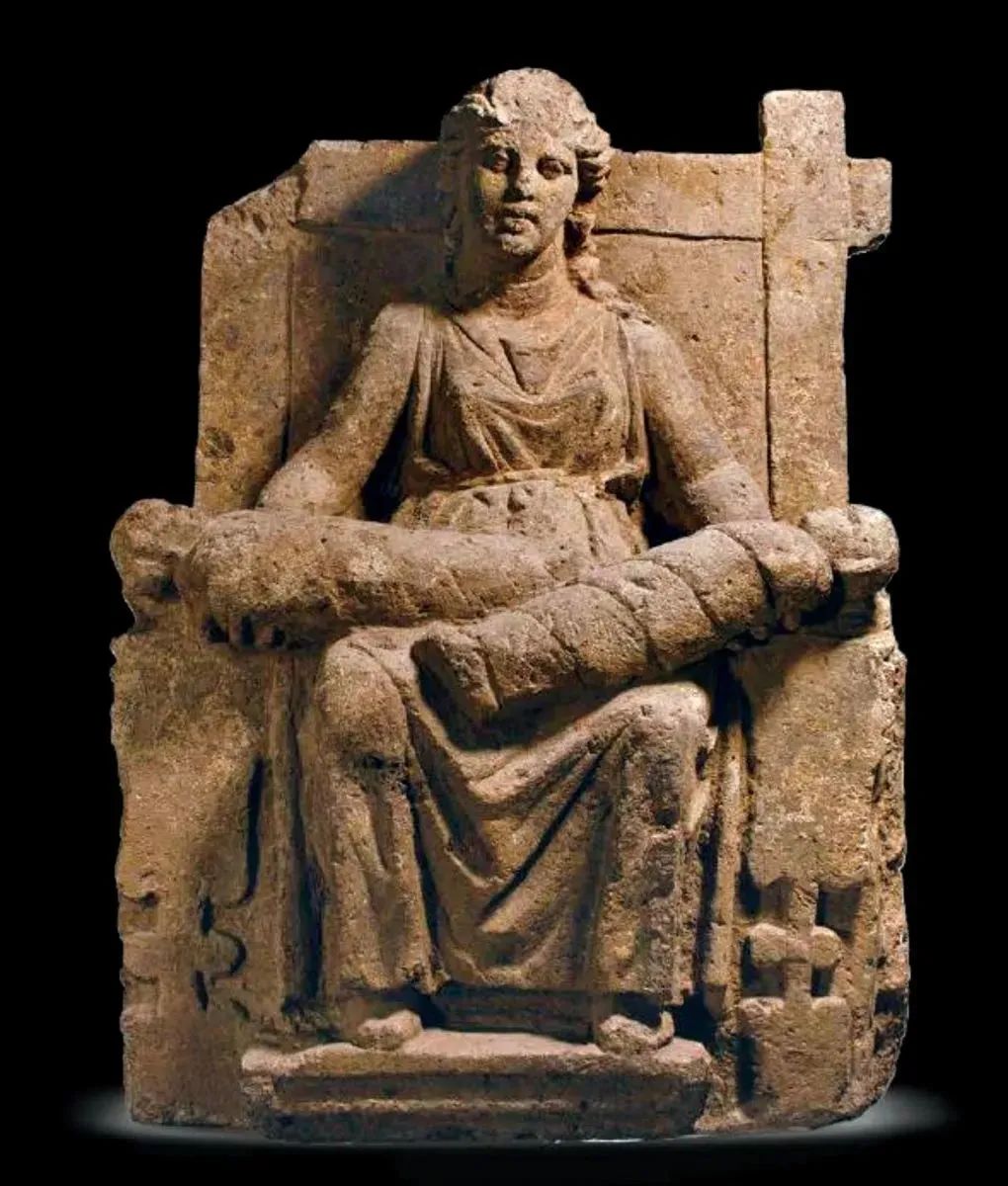
From early early, the Romans believed that "everything has spirituality". Whether it is agricultural production or family life, there will be corresponding gods to worship. Especially affected by Greek culture, the ancient Romans also believed in more divine religions. Locate Lucas Angeia Forest, located on the shore of Lake Fuguo, is the worship center of the goddess Angeia. The Greek -style "Agelia Sitting Statue" in the 3rd century BC is made of Aki Tao. One of the few statues of the goddess. On the throne, she was wrapped in a thick cloak, wearing precious necklaces and bracelets, and was believed by the Malsea and Osk -Osk -Wengbrea ethnic group in central Italy. Various poisons in nature are dominated by wild animals. Her image is related to water and underworld. Latin writers believe that her name comes from snakes. The Malsea is also known as the dancer. The tradition has continued to this day. The annual snake catcher can see their performances.
"Agia Goddess Sitting" in the 3rd century BC Lukado Malsea (Agelia Temple) unearthed the New Museum of Cherao Puluti / Zierdi Archeology, Art and Landscape

Hercules has been worshiped in Italy and Greek since ancient times. It is a protective god in many aspects such as war, trade, agriculture, and animal husbandry. People imagine him as a tall and muscular warrior. The bronze statue of the "Hercules Rest Statue (inscription Etius Petteus Musus's inscription) in the 3rd century BC to the 2nd century BC" Bronze statue of the bronze statue is beautiful and smooth The perfect image of "Hercules". There are many bronze statues of Herracles unearthed in many Italian temples. It can be seen that the Romans worshiped him at that time.
"The Inscriptions of Herhakles Rest (inscription Etius Petteus Musus" "" 3rd century to the 2nd century, the inscription was engraved in the 1st century AD -century AD Temple) Earlier Ambrusziferjo Villa National Archaeological Museum Collection
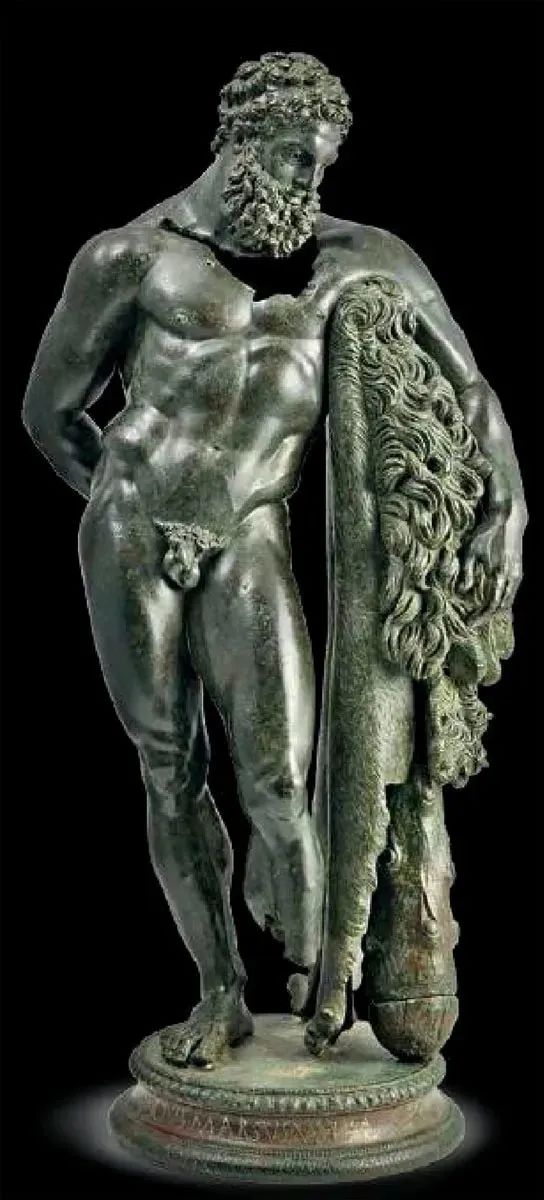
The picture shows the masterpiece of the masterpiece of ancient Greek sculpture Licatos in the 4th century BC, "The Resting Hercules", and Etius Petteus Musus was a donor donor.
The decorative pattern of the clay products "War Elephant Dedicated Disk" in the 2nd century BC is very detailed, and it can clearly recognize an adult Indian warfare elephant with a well -known armor and preparing for levy. It is tied with a tower -shaped tower structure on its back, which is reinforced with a large bronze shield, which is guarded by soldiers around it. This market is likely to be produced to commemorate the Romans' defeat of King Epirus Pilo. At the time, some elephants captured from the enemy were first led through the Roman city.
"War Elephant Dedication" in the 2nd century BC Capena unearthed from the Julia Villa Itruria (Civilization) National Museum's hidden nose of the small elephant is adult, which may implies a decisive scene in the Battle of Benwentum. : The eager elephant looking for it to find its mother, causing the Piros's army to be confused, so the Romans took advantage of the upper hand.

The cultural relics in the exhibition are extremely eye -catching, and many viewers have waited for a long time in order to shoot it. This is the marble statue of "Three Lords of Kipitilini" in the 2nd century AD. The three patron saint of Rome sat on the same man, showing the typical model of the gods in the classical period. Jupiter was in the middle, sitting on the left and right side of Minerva and Juno, crowned by the goddess of victory with wings. The group carving shows the traditional functions and symbols of the three main gods: Jupiter is lightning and eagle, Juno is a peacock and scepter, and the goddess of wisdom is an owl. image of.
"The Three Lords of Capitini Mountain" in the 2nd century AD, Guadonia Montcocio unearthed in Roman City and Eliti Provincial Archeology, Art and Landscapes-Rodolph Lancheni Museum
The "Jiancheng Yidian relief" in the first century BC is a large -scale narrative relief. It depicts a new city, namely Sulcus Primigenius (round ditch, generally symbolizes the first wall outside the city). The scene of the ceremony, the other parts of the relief have been lost. The cattle plowed with a gifted, wearing a triangle with a triangular forehead, and was trapped by a person wearing ancient Roman robes and a crown. Another person wearing a short robe followed closely, holding a plowing knife with his left hand to prevent damage to the cultivated land, and the right hand signaled others to continue to move forward. It is speculated from the details depicted by the relief scene that it is likely to be inlaid on a city gate leading to Aquileia, or in public buildings to commemorate the city's establishment (181 BC).

"Jiancheng Yidian relief" 1st century BC Aquilia unearthed the collection of Aquelia National Archaeological Museum
In the ancient Rome period, people produced a large number of portrait portraits, there were noble officials, some scholars affecting the world, and a large number of ordinary people. They together constituted the ancient Roman beings. The grandson of Caesar, who was designated by Caesar as the first heir and accepted his adopted son, and the statue of Dawei, the founding head of the ancient Roman Empire. At the end of the exhibition, a group of statues attracted the attention of the audience, and people stopped from them next to them. The most important and important one of this set of exhibits is the marble "Augustus avatar" at the end of the 1st century BC. After rebuilding the Republic in 27 BC, 36 -year -old House Dawei was awarded the title of "Augustus" by the Senate. This title has since become part of his name. The "first citizen" has a new public image -the Romans who dedicated their sacrifice duties. His headscarf is part of the Toga robe and is regarded as a symbol of moral purity. When shaping this avatar, the sculptor beautifies people's familiar chanting ears, headprint and depressed cheeks. The authoritative position that can be shaken.
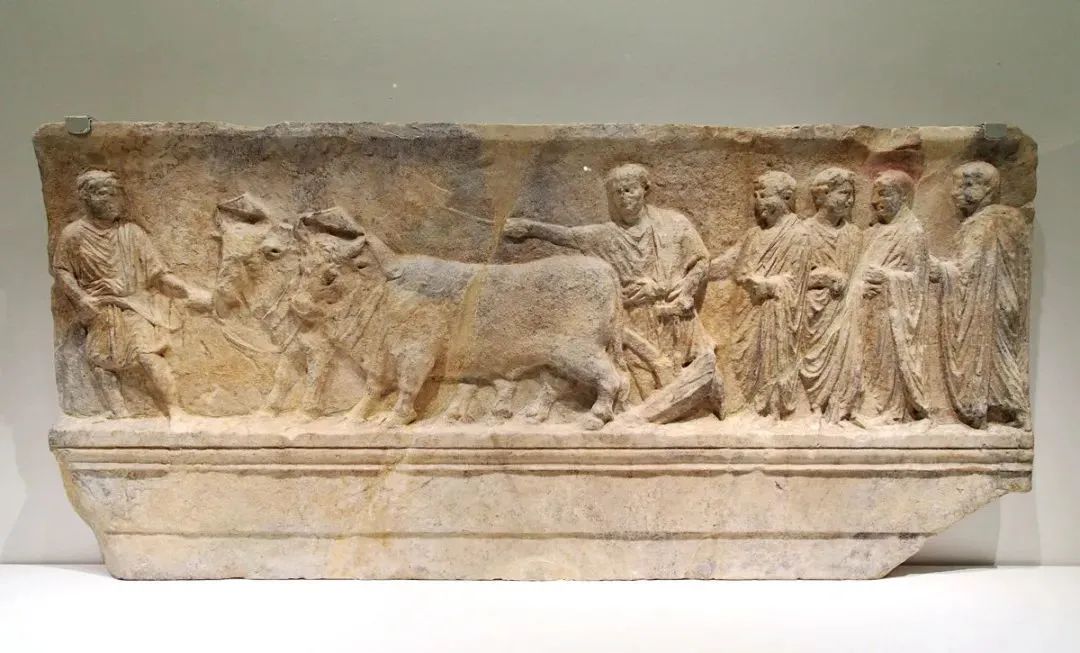
"Augustus August Avatar" at the end of the 1st century BC Akina unearthed from the Malika National Archaeological Museum Collection
The "ending" exhibits of the exhibition is the bronze sculpture "Wings of Victory". Although it was placed in the export of the exhibition, it was unable to ignore it, as if it had the magical power of the viewer back to 2000 years ago. This right wing is part of the statue of the victory, showing the posture of its rest, like natural details, layers of feathers, and meticulous carving with a small engraved knife. From the perspective of the realistic and technical level of this sculpture, the creative time can be traced back to around the 1st century. From 365 to 367 AD, the two emperors of Valentiian and Varlez ordered the bridge of the left bank and the Terlasteviri bridge to repair. This sculpture was together with many other sculptures in different periods. Benefited. About 30 years later, the Roman Empire was formally split into two parts, which is undoubtedly worse for the empire, which was originally precarious. Finally, with the re -invasion of the barbarians, the Western Roman Empire perished in 476 AD.
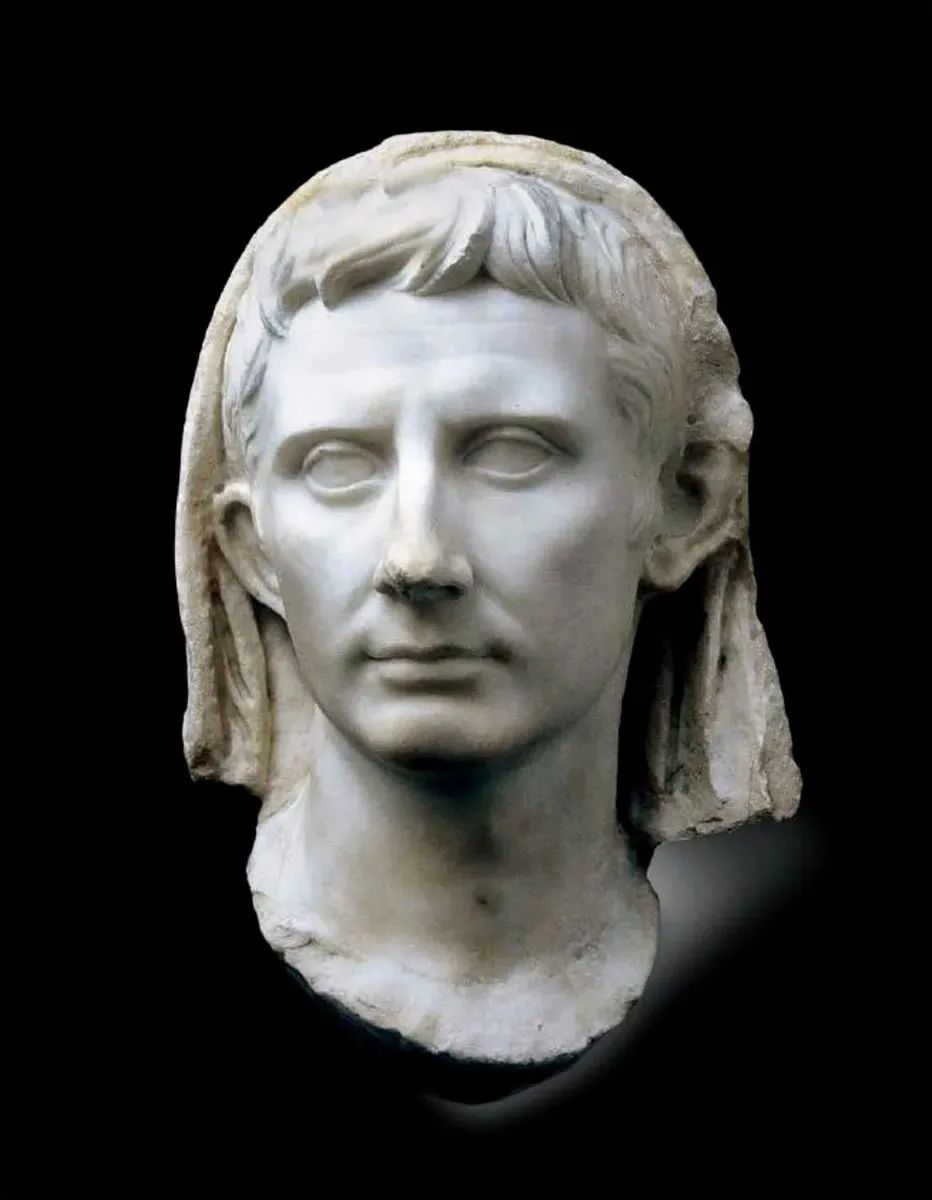
"Wings of Victory" in the 1st century AD Rome unearthed the National Museum of Roman Museum
Continue to write a new chapter in cultural exchange
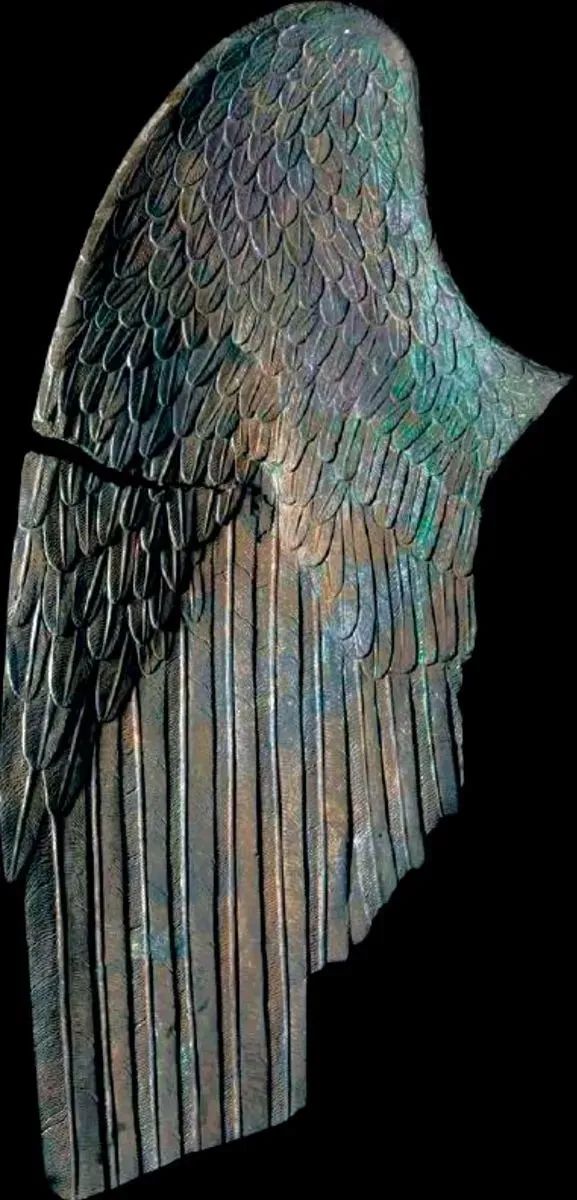
The timeline of "The Source of Italy -Ancient Roman Civilization Exhibition" stopped abruptly at the beginning of the establishment of the Roman Empire, but along the footprint of the "Belt and Road", the communication and dialogue between China and Italian civilizations continued to promote it together and promote together Progress of human civilization.
The exchanges between the National Museum of China and the Italian Bo Dynasty are quite frequent. In 2010, China -Italy signed an agreement to determine the National Museum of China and the National Museum of Roman Palace of Roman. In 2014, China and Italy signed the "Memorandum on Establishing a Cultural Cooperation Mechanism". Under these frameworks, the National Expo launched three Italian theme art exhibitions for several years, namely the "Florence and Renaissance: Masterpiece" exhibition in 2012, From April 2014 to February 2015, the Rome and Baroque Art Exhibition and the 2016 "Venice and Venice School" exhibition. Da Vinci, Raphael, Michelangelo, Potcheli and other masters of art, the 17th century Italian painting, sculpture and crafts, Bellini, Verinese, Tinto, Tintleto The paintings of famous masters came to China to meet with the audience. Since then, the exchanges and cooperation between Guobo and the Italian Bo Dynasty have continued to this day. With a series of excellent exhibitions, it shows the excellent material and cultural heritage of Italy to Chinese and foreign audiences, and also shows the achievements of both parties under close exchanges and cooperation. In 2017, "Creative Change Life -the Italian Design Art Exhibition" tells the development process of Italian design art from experiments to mass communication, telling the philosophy of Italian design art; The "Fuxing" exhibition system introduces the long -term cultural and art exchange story between China and Italy from the 13th to 16th centuries; in 2019 "Return -Italy's return to China Loss Cultural Relics Exhibition" further demonstrates the firm determination of the Chinese government to protect cultural relics. It reflects the reality that the loss of cultural relics to return to the motherland through judicial and diplomacy. In 2017, the National Museum of China held the "Creative Change Life -the Italian Design Art Exhibition", showing the 111 (sets) and a total of 210 works in the history of Italian design, which gathered 98 designers.
In 2019, the "Return -Italy's Return to China Loss Cultural Relics Exhibition" opened in the National Expo. The return of 796 Chinese cultural relics arts is the longest time in the recovery of cultural relics in China and the largest cultural relics return in the past 20 years.
In addition to the National Museum of China, the cultural exchanges between other cultural and Bo institutions in Beijing and Italy are also very rich. The Millennium Temple of China, the Museum of Art of Tsinghua University, the Capital Museum, and the Capital Museum have held many arts and cultural exhibitions at different stages of Italy. Essence In addition, the National Art Film Screening Alliance has repeatedly launched the "Seeing Unpredictable: Italian Brilliant Art Theme Film Festival", which uses special super clear images to record the exquisite cultural relics of the Italian Museum and Art Museum.
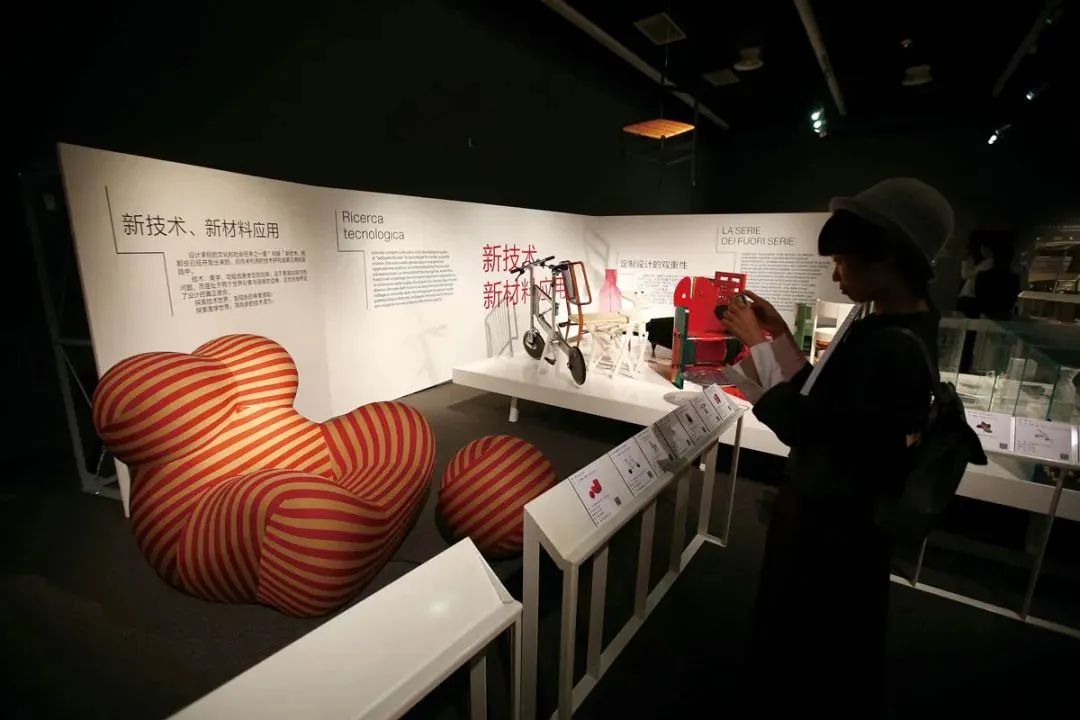
As the key project of the "Chinese Italian Culture and Tourism Year" and the 110th anniversary of the establishment of the National Museum of China, some cultural relics of the "Italian Source -Ancient Roman Civilization Exhibition" have never been exhibited outside Italy before, and some have never even never even. Leave the museum. Pan Qing, the director of the Chinese National Museum International and Art Exhibition Director of the Chinese Museum of the Exhibition, introduced to the media: "The Chinese and Italian parties overcome the impact of the epidemic, innovate working methods, and use video points to successfully organize the self -epidemic situation of the National Museum of China. In the future, the first international exhibition held in Beijing. "This exhibition continued until October 9, 2022, but the cultural exchanges and mutual learning and people's hearts of China and Italy will never end.
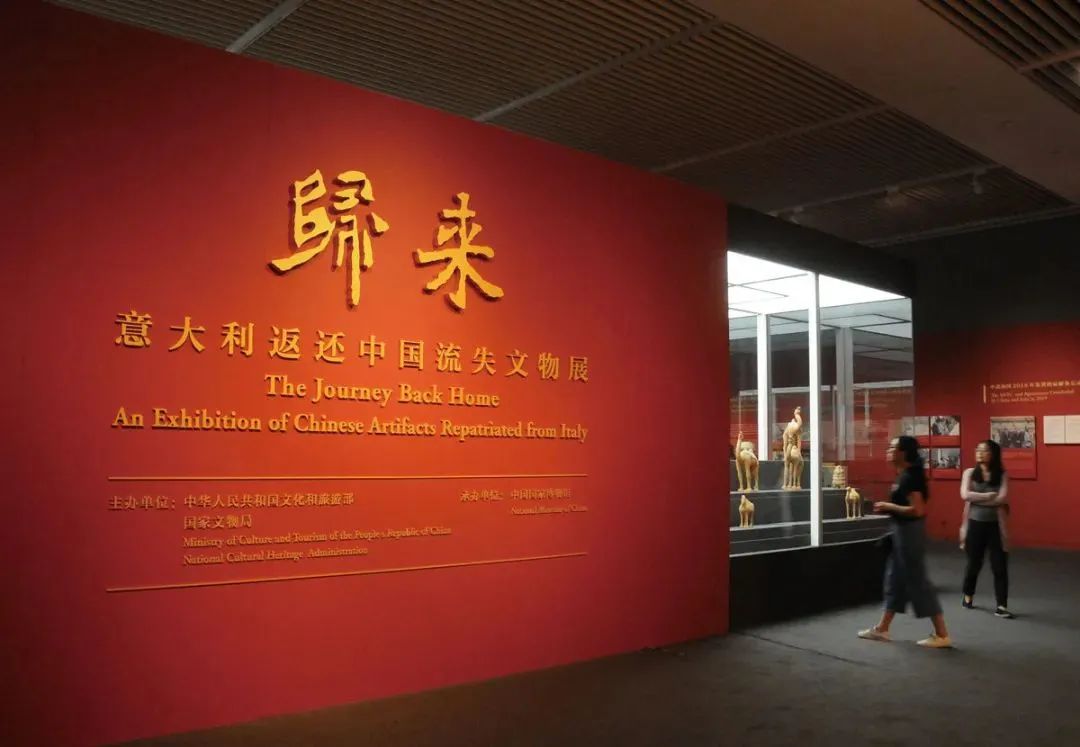
This article contains the September Magazine of the World Knowledge Pictorial in September 2022
Editor in charge: ZAN
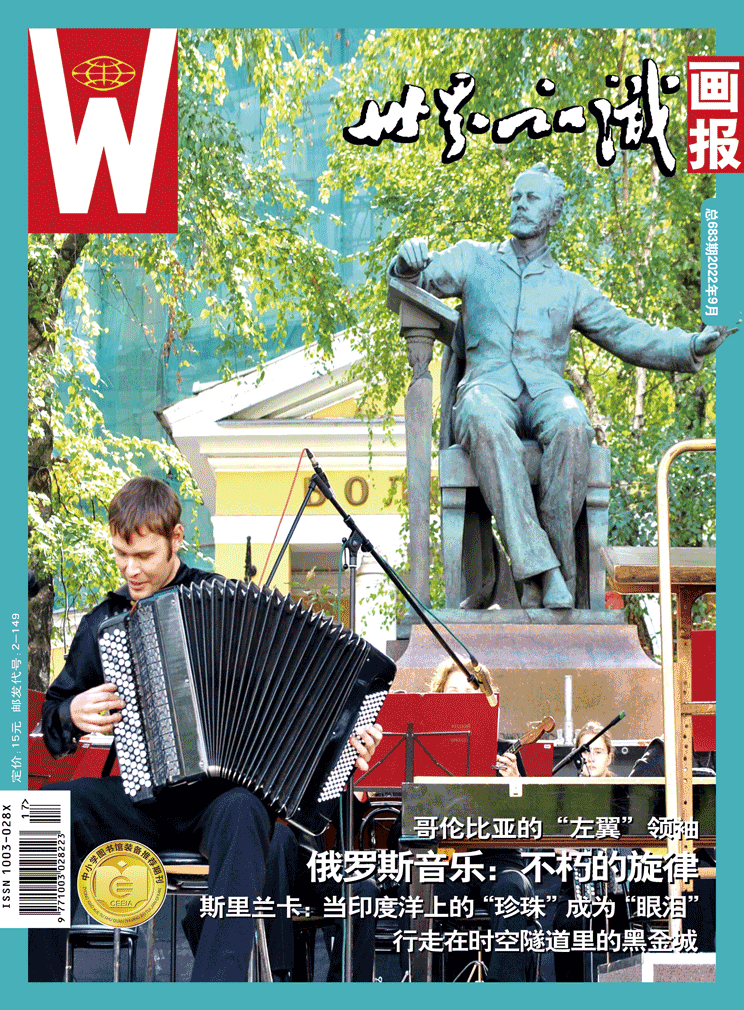
- END -
The General Office of the Ministry of Education, the General Office of the Ministry of Culture and Tourism issued a joint document: integrate traditional culture and education into the entire process of vocational education
Recently, the General Office of the Ministry of Education and the General Office of the Ministry of Culture and Tourism issued the Notice on the Exhibition of Skills inheritance of Chinese Excellent
The "Seeing the Future of Non -Heritage" Forum was held at Luoyang Institute of Technology

Henan Daily Client reporter Li Zongkuan Correspondent Zhao Ye Yang YanOn August 19...